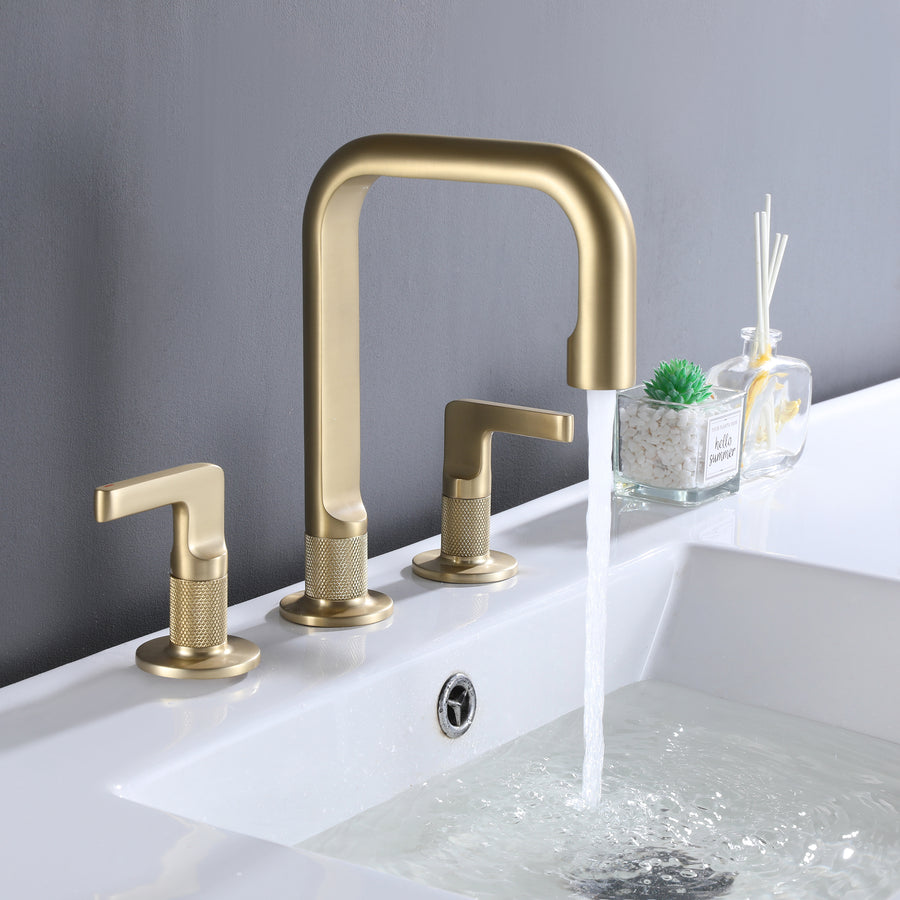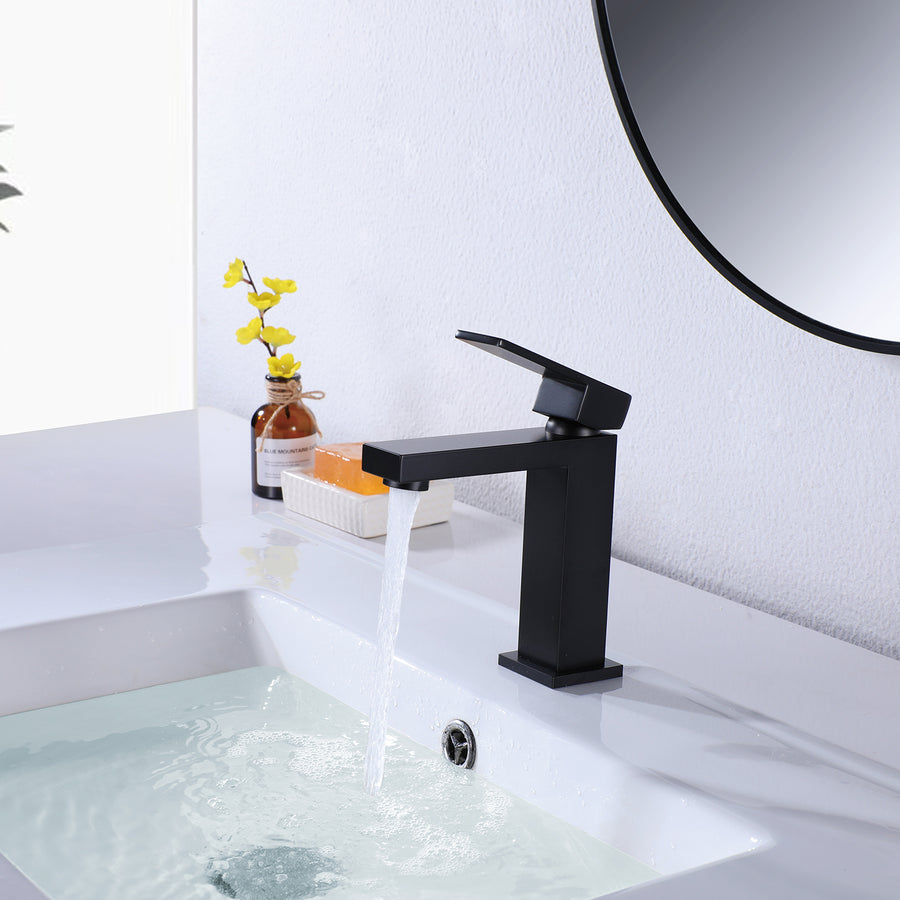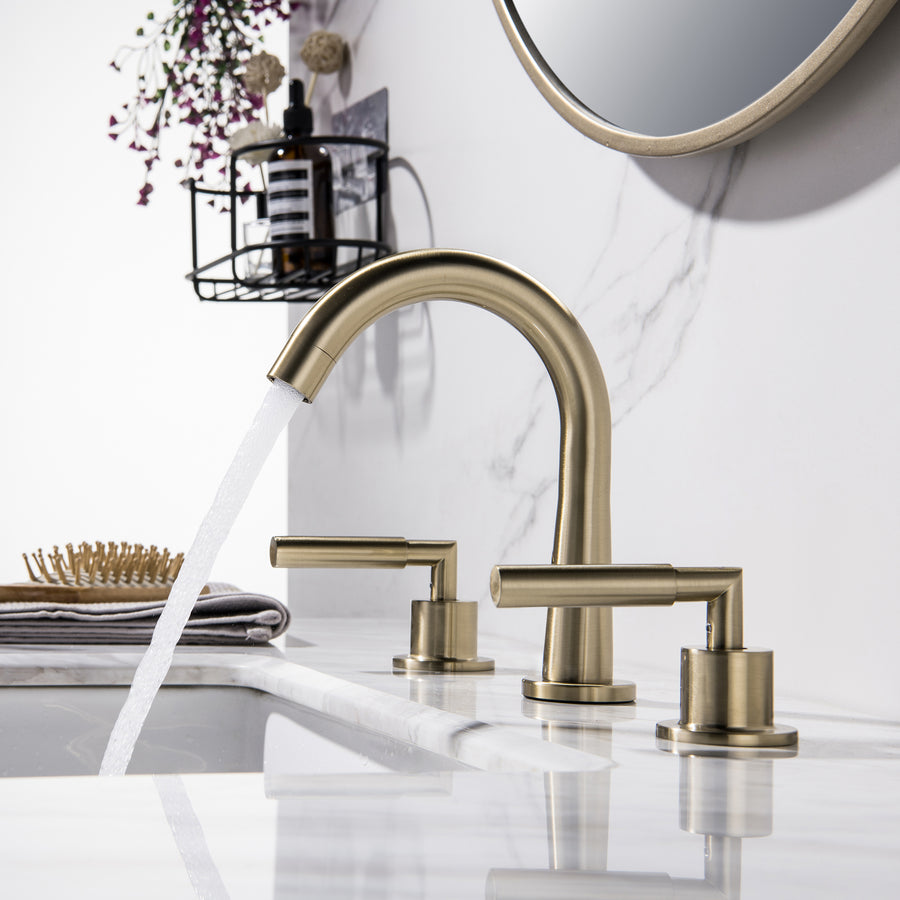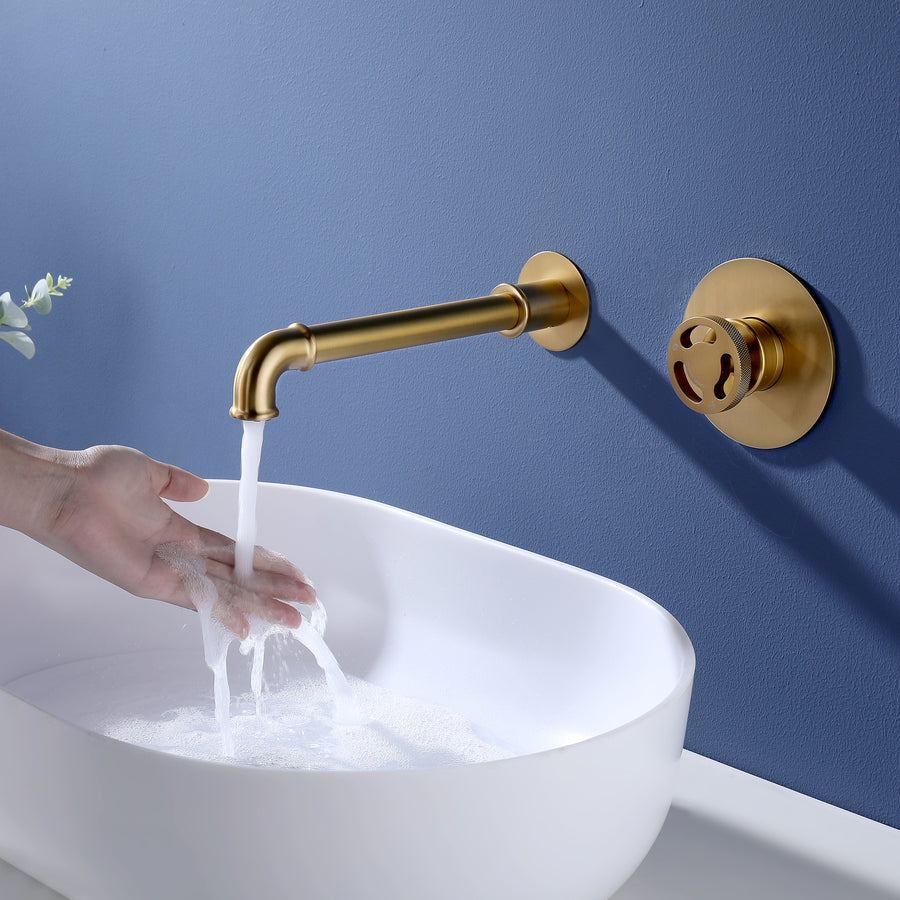Introduction
A leaky bathroom faucet is not only an annoyance but can also lead to wastage of water and increased utility bills. The good news is that many faucet leaks can be fixed easily without the need for professional assistance. In this guide, we'll walk you through a step-by-step process to help you fix that pesky leaky bathroom faucet and regain control over your water usage.
Step 1: Gather Your Tools and Materials
Before you start, gather the necessary tools and materials:
- Adjustable wrench
- Screwdrivers (flathead and Phillips)
- Replacement parts (cartridge, O-rings, washers, etc.)
- Towels or rags
- Plumber's tape
Step 2: Turn Off the Water Supply
Locate the water shut-off valves under the sink and turn off the water supply to the faucet. This will prevent any water flow while you work on fixing the leak.
Step 3: Remove the Faucet Handle
Use a screwdriver to remove the handle's decorative cap (if applicable). Then, use an adjustable wrench to carefully loosen and remove the screw that holds the handle in place. Gently lift off the handle to expose the inner components.
Step 4: Access the Cartridge or Valve
Depending on your faucet type, you'll either find a cartridge or valve assembly beneath the handle. Carefully remove it by using a wrench or pliers, following the manufacturer's instructions.
Step 5: Inspect and Replace Faulty Components
Examine the cartridge or valve for any signs of wear, cracks, or damage. If you notice any issues, it's time to replace the faulty components. Most hardware stores carry replacement parts that match various faucet models. Install the new cartridge or valve and ensure it's secured tightly.
Step 6: Replace O-Rings and Washers
If the leak persists, it might be due to worn-out O-rings or washers. Remove these components and replace them with new ones. Apply plumber's tape to the threads of the valve stem to create a secure seal.
Step 7: Reassemble the Faucet
Carefully reverse the steps to reassemble the faucet. Attach the faucet handle, secure it with the screw, and replace the decorative cap. Make sure all components are properly aligned and tightened.
Step 8: Turn On the Water Supply
Once you're confident that everything is back in place, turn on the water supply using the shut-off valves. Slowly turn the handles to check for any leaks. If you notice any drips, tighten the components further.
Step 9: Test and Monitor
Turn the faucet on and off a few times to ensure that the leak has been successfully resolved. Keep an eye on the faucet over the next few days to ensure that the leak does not return.
Conclusion
Fixing a leaky bathroom faucet doesn't have to be a daunting task. With the right tools, a little patience, and a systematic approach, you can successfully repair the leak and save both water and money. However, if you're unsure about any step or if the leak persists despite your efforts, it's always a good idea to seek the help of a professional plumber to ensure a proper and long-lasting fix.















